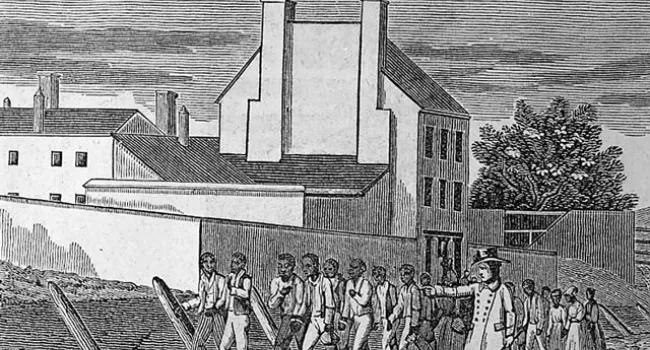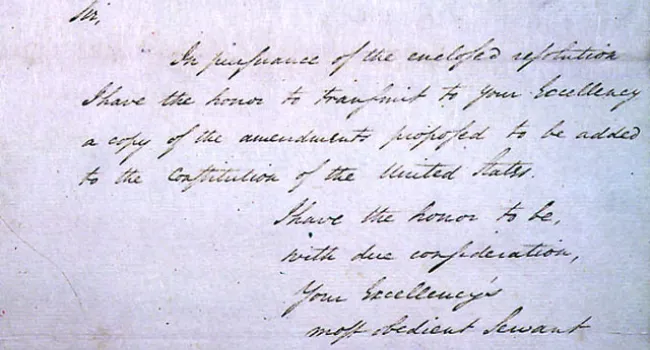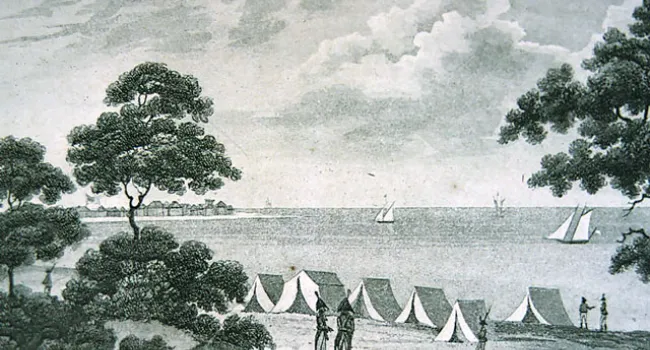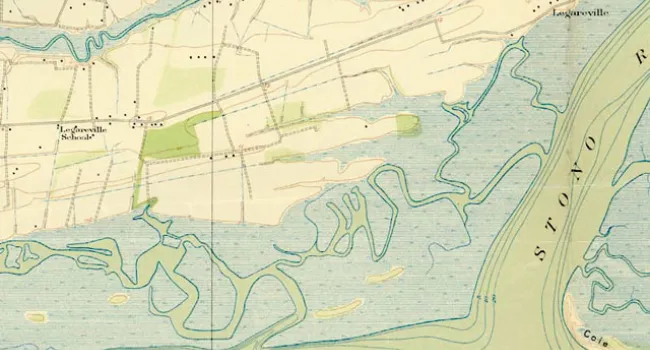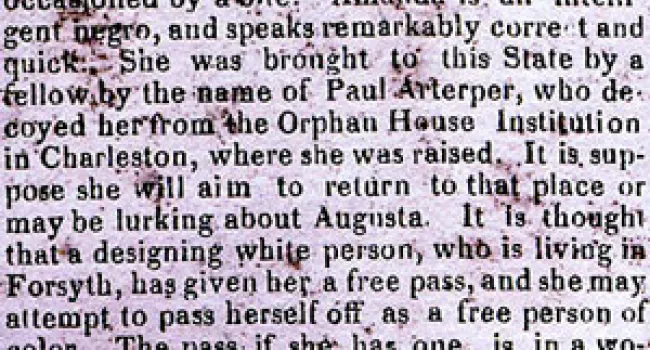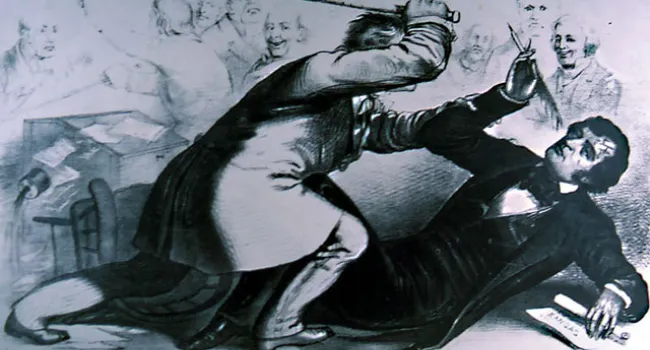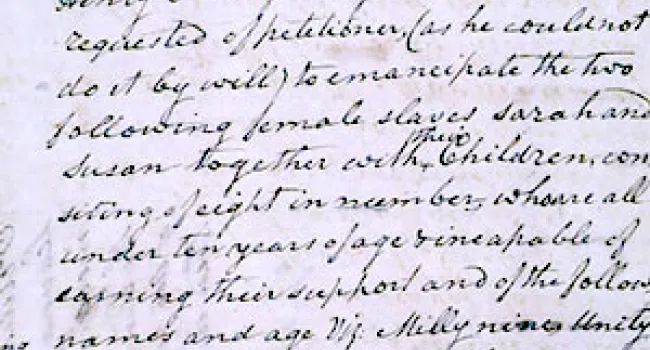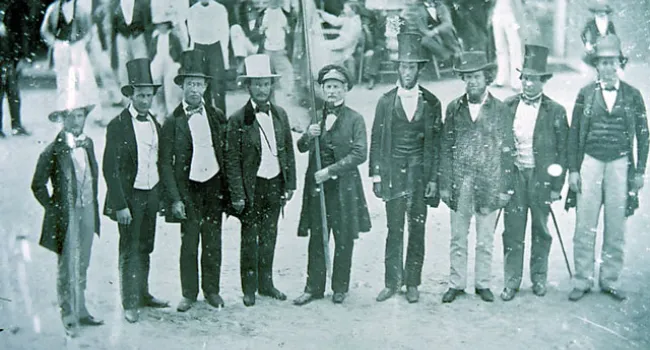
The slave trade continued in South Carolina until the constitutionally set limit of 1808. The "middle passage" for slaves from Africa to the New World was full of hazards. Many slaves did not survive the voyage, and their bodies were thrown overboard, as illustrated in this crude engraving. The drawing is from a book written by an ardent abolitionist, Mrs. A.M. French, who traveled to Port Royal to work as a teacher among the former slaves during the occupation of that area by Federal troops in 1862. "Slavery in South Carolina and the Ex-Slaves; or The Port Royal Mission" was written to tell northern supporters of the mission not only how well the former slaves were doing as free men, but to shape public opinion in the North in favor of emancipation by describing the horrors of slavery.
Courtesy of the South Caroliniana Library.
Standards
- This indicator was written to promote inquiry into the unique development of ethnic, political, and religious identities in the New England, Mid-Atlantic, and Southern colonies.
- 8.1.CE Analyze the factors that contributed to the development of South Carolina’s economic system and the subsequent impacts on different populations within the colony.
- This indicator was designed to encourage inquiry into the geographic and human factors that contributed to the development of South Carolina’s economic system. This indicator was also written to encourage inquiry into South Carolina’s distinct social and economic system as influenced by British Barbados.
